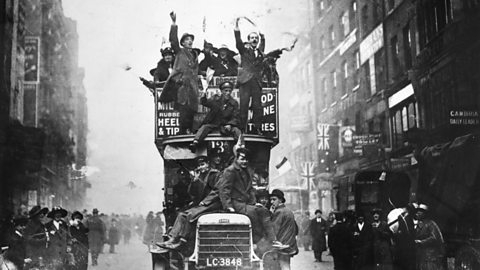Ever re-attached the head of your granās favourite ornament with a very powerful adhesive? Warmed up your lunchtime soup in the microwave?
Without even realising it, youāre making use of products either created for, or first used, by the military, without civilian homes in mind.
Some everyday items, such as the Jeep or cargo pants, donāt mask their military origins all that easily. Others are so commonplace in households, itās surprising to think they have ever played a part on the front line. How many of these will make you do a double-take?
Blood transfusions
This medical procedure has saved countless lives since it was first introduced in the 17th century, but it took the carnage of World War One to bring the blood transfusion into regular use.
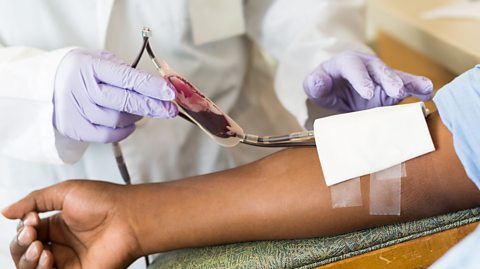
The man to thank, USA army doctor Captain Oswald Robertson, saw the potential in transfusions to aid any wounded troops on the battlefield.
Early transfusions were made directly from person to person, unlike today, when donated blood is administered from a pouch via a drip. Captain Robertson also set up a blood bank on the Western Front in 1917, using sodium citrate to stop the blood coagulating. Blood was also kept frozen for 28 days and sent to medical stations where it could be used in surgery.
It proved a success and saw more blood banks set up as the use of transfusions increased. Leningrad in Russia was the site of the first ever non-military blood bank in 1932, and the US government instigated a national blood collection programme in 1940.
In-car satellite navigation
Perhaps this one isnāt quite so surprising. When youāre lost and using the signal from Global Positioning System (GPS) satellites to display a route on either your car dashboard or smartphone, youāre making use of satellites set up by the US Defence Department in the 1970s in order to ensure missiles and other artillery reached the intended target.
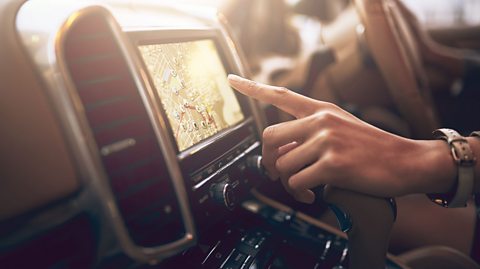
At first, the military set the satellite signals to something called selective availability, meaning certain areas, mainly hostile territories, could not receive the signals. US President Bill Clinton ordered the government to discontinue selective availability in 2000, meaning motorists everywhere could benefit from the directions given.
Russiaās GLONASS satellites have been in operation since 1995, and the EUās Galileo system went live in 2016 and is set to be fully operational by 2020. Both can be accessed for map guidance by the public.
Microwave oven
That labour-saving device which warms your dinner up when youāre late home was, believe it or not, invented by accident.
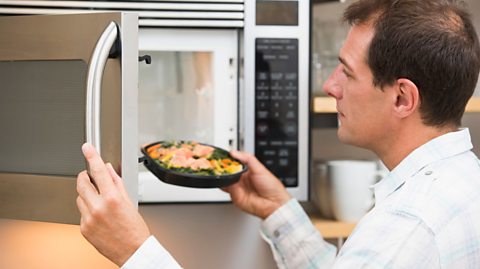
In 1945, as World War Two was drawing to a close, an American scientists discovered by chance that the radar transmitters used by the US military throughout the conflict gave off enough heat to cook food.
This was all linked to the microwaves coming from the transmitters. Two years on from that discovery, the first microwave ovens were in production. They were first sold for home use in 1967 in the USA, and it was the 1980s when they became more popular in the UK.
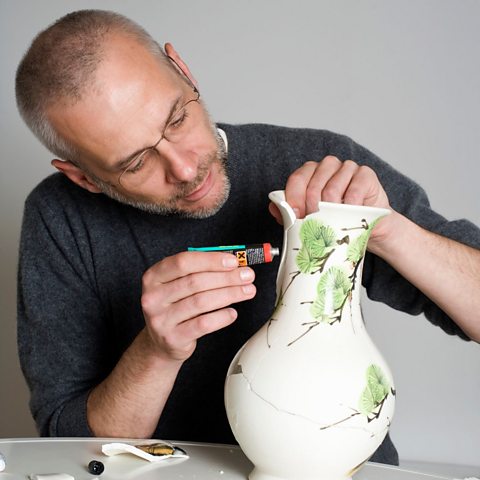
Extra-powerful, instant adhesive
This isnāt the kind of stuff you want to get on your hands. It could get sticky. Very sticky.
These days, any straightforward breakage of a small item around the home can be solved with a dollop of the stuff, bonding instantly and providing a long-lasting seal.
It's tempting to image scientists poring over its chemical formula for months but, just like the microwave oven, this amazing glue happened completely by chance.
In World War Two, scientists were working on a material that could be used to make transparent gunsights from plastic. During the experimental process, a substance was created which didnāt suit the purpose but stuck to anything it touched.
The military didnāt want it but the formula was sold on in 1958 to become one of the strongest adhesives on the planet.

Canned food
When you have troops stationed hundreds, perhaps thousands, of miles away from home who need regular feeding, then you have to think smart.
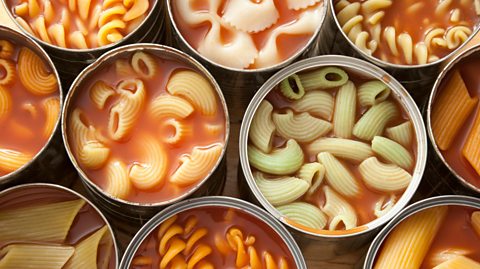
This thought crossed the mind of the French government in 1810, so a reward was offered to anyone who could find a cost effective way of preserving food in enough portions to feed an army. One scheme was keeping the food inside a sealed jar. The contents would not spoil as long as the seal remained unbroken, and the concept of canned food was born.
It still needed a bit of tweaking to make it easier to transport. By the time of World War Two, troops, especially those from the US, were living off tins of food in metal cans, including corned beef, canned sausages and beans. It was now easy to transport food in a safe, compact form.
So when supermarkets became popular in the UK in the 1950s and ā60s, easily transportable containers of food could be sold around the country and even overseas. Good for soldiers, perhaps even better for big business.

Freeze-drying
Astronaut ice cream that doesnāt require a fridge freezer is an interesting addition to any larder, but the freeze-drying which goes into its creation has a background both medical and military.
The technique was pioneered in France in 1906. It involves what's known as sublimation - the transition of a substance from solid to gas phase, without going through a liquid state. In this case, a product is frozen, placed in a vacuum, and heated up, which causes the ice on it to dry without melting first.
It remained a technical feat in need of a practical use until World War Two, when it was used to preserve blood plasma so it wouldnāt spoil on the way to the battlefield where it was required. This practice was eventually stopped when its safety could not be guaranteed.
Missing in action
And the one invention which is often incorrectly assumed to have been invented for military use? Thatās probably Velcro.
Although it has proved invaluable in securing objects in a gravity-free environment since the 1960s, it was not a creation of space programme scientists.
For the record, the idea for Velcro came to Lausanne-based electrical engineer George de Mestral while out walking his dog in the Alps in 1941, and took another 10 years to become a manufacturing reality.
Not so much a space odyssey then. More a Swiss one.
This article was published in June 2019
The British scientific discoveries quiz
How much do you know about the inventions and theories pioneered in the UK?
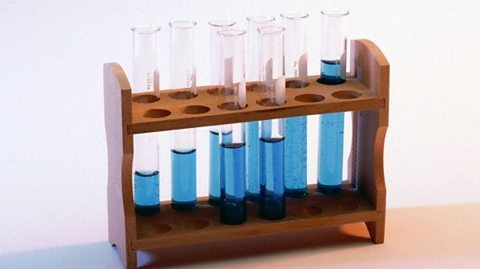
World War Two
If you want to learn more about the blackouts in World War Two that lead to the success of catseyes, click here.

How did the war end and what happened next?
KS2 History
